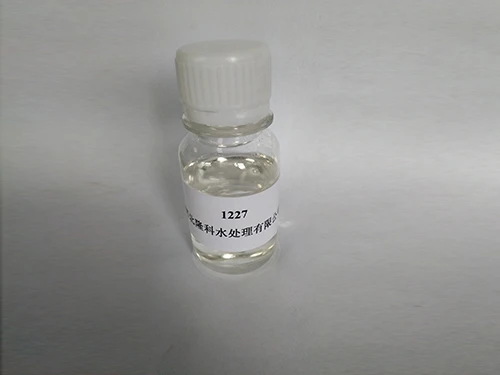Applications of Poly Aluminium Chloride in Water Purification Processes
The Uses of Poly Aluminium Chloride in Water Treatment
Water purification is an essential process in maintaining public health and environmental integrity. One of the most widely used coagulants in water treatment facilities is Poly Aluminium Chloride (PAC). This chemical compound has gained popularity over other traditional coagulants such as aluminum sulfate due to its enhanced performance and versatility. This article explores the uses, advantages, and mechanisms of PAC in the water treatment process.
What is Poly Aluminium Chloride?
Poly Aluminium Chloride refers to a group of polymers formed from aluminum hydroxide and hydrochloric acid. It is a coagulant that appears as a white or light yellow powder and is highly soluble in water. PAC comes in various formulations, including liquid and solid forms, making it adaptable for different applications in water treatment.
How PAC Works in Water Treatment
The primary function of PAC in water treatment is to promote coagulation and flocculation. When added to water, PAC dissociates into aluminum ions, which then react with dissolved particles, colloids, and impurities. This process causes the particles to clump together, forming larger aggregates called flocs. These flocs can then be easily removed from the water through sedimentation or filtration.
The effectiveness of PAC in reducing turbidity is notable; it can help lower turbidity levels significantly, which is crucial for producing potable water. Moreover, PAC operates effectively across a wide pH range, making it a more flexible choice than some traditional coagulants that perform best at specific pH levels.
Key Uses of PAC
1. Drinking Water Treatment In municipal water treatment facilities, PAC is extensively used to purify drinking water. Its efficiency in coagulating impurities helps meet stringent regulatory standards for safe drinking water.
2. Wastewater Treatment PAC is also employed in industrial wastewater treatment processes. The removal of suspended solids, heavy metals, and other contaminants is facilitated by PAC, ensuring that effluents are treated to acceptable levels before being discharged into the environment.
poly aluminium chloride uses in water treatment

3. Paper and Pulp Industry The use of PAC in the paper manufacturing process aids in the retention of fibers and fillers, improving the overall quality of the final product. Its flocculating properties help in the efficient removal of excess water from pulp, thus enhancing production efficiency.
4. Textile and Dye Industry In textile processing, particularly dyeing operations, PAC plays a crucial role in removing excess dyes and impurities from wastewater. This is vital for minimizing environmental impact and ensuring compliance with waste discharge regulations.
5. Food Industry PAC is also utilized in the food industry, particularly in the clarification of beverages like fruit juices and alcoholic drinks. Its ability to remove impurities ensures a clearer and aesthetically pleasing final product.
Advantages of PAC over Traditional Coagulants
One of the primary advantages of PAC is its economic efficiency. It exhibits a higher coagulation capacity compared to traditional coagulants, which means less chemical is required to achieve the same or even better treatment results. Consequently, this can lead to cost savings in chemical purchases and storage.
Moreover, PAC produces less sludge compared to aluminum sulfate, which means less material to manage during the waste disposal process. The smaller volume of sludge not only simplifies the disposal process but also lowers the associated costs.
Additionally, PAC is less dependent on water temperature and demonstrates effective performance over a broader range of operational conditions. This flexibility is crucial for water treatment facilities that face varying environmental conditions throughout the year.
Conclusion
Poly Aluminium Chloride has emerged as a vital tool in the water treatment sector, providing a range of benefits that enhance the efficiency and effectiveness of purification processes. Its ability to quickly and effectively remove impurities makes it an indispensable resource in drinking water treatment, wastewater management, and various industrial applications. As public awareness of water safety and environmental protection continues to grow, the role of PAC in ensuring clean and safe water will be increasingly significant. Its ongoing use and research will likely lead to further innovations in water treatment technologies.
-
Water Treatment with Flocculant Water TreatmentNewsJun.12,2025
-
Polymaleic AnhydrideNewsJun.12,2025
-
Polyaspartic AcidNewsJun.12,2025
-
Enhance Industrial Processes with IsothiazolinonesNewsJun.12,2025
-
Enhance Industrial Processes with PBTCA SolutionsNewsJun.12,2025
-
Dodecyldimethylbenzylammonium Chloride SolutionsNewsJun.12,2025





